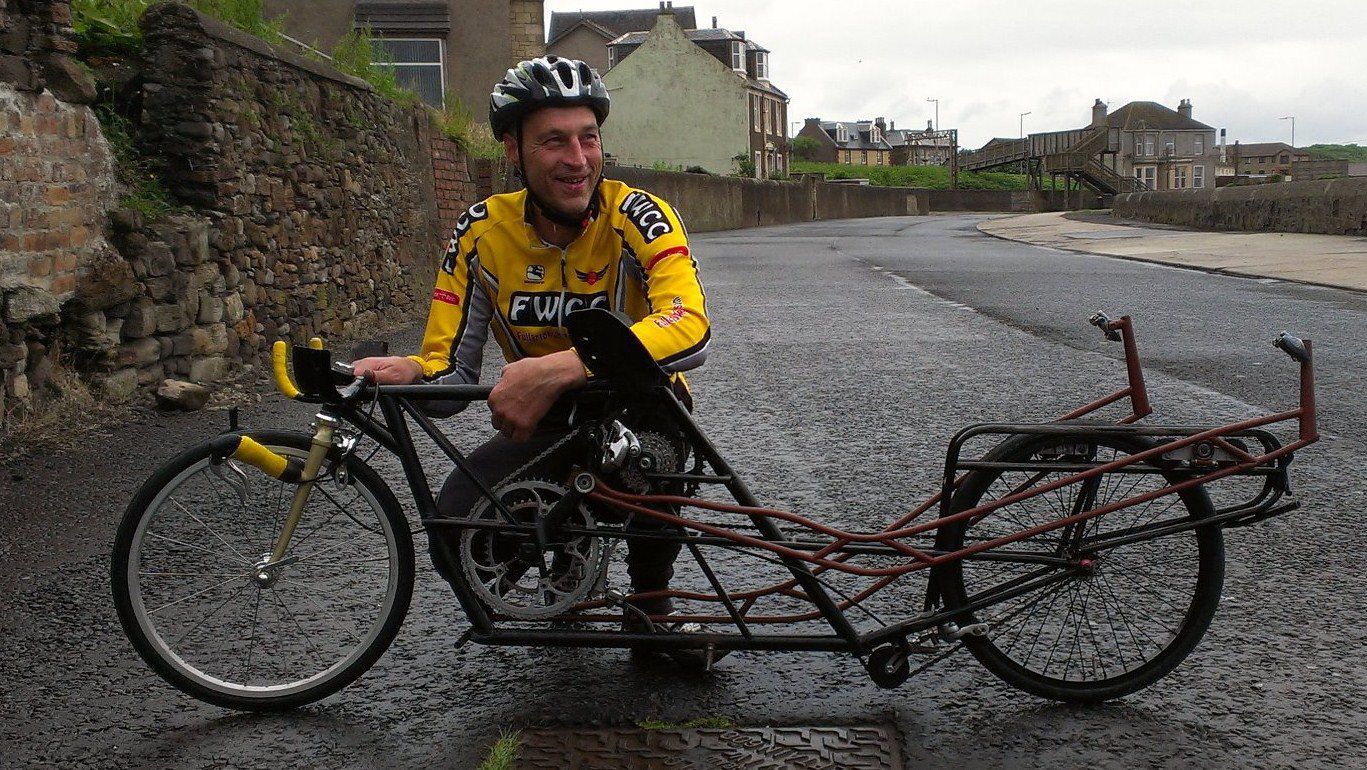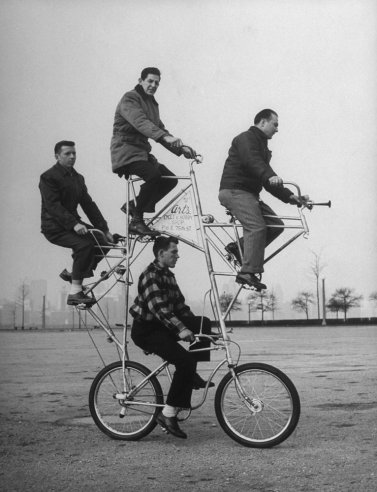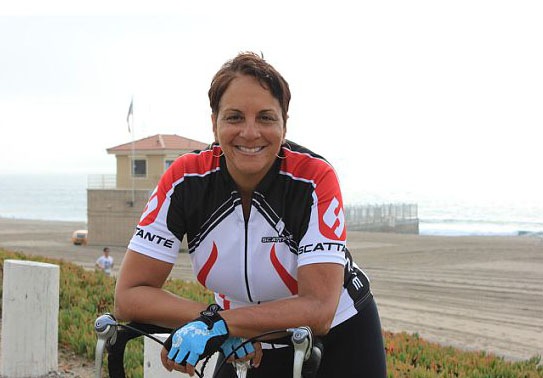Graeme Obree likely needs no introduction among cyclists who’ve been involved in the sport for any length of time. The Scotsman is famous for his world hour records and the unorthodox “superman” position he used on his custom built track bike, Old Faithful. Nearly two decades after beating the UCI hour record, Obree is chasing a new world record, the human powered vehicle land speed record. Given that the only rule for the HPV record is that the vehicle must not have an engine, Obree is free to play to his creative strengths and build any wild bike he can dream up.
Humans Invent–a British website focused on inventions, design, and innovation–produced a series of video interviews with Obree as he built his bike and prepares for the speed record. They’re well done and provide terrific insight into Obree’s unique way of thinking about bikes, design, passion, and more.
Return of the Flying Scotsman: inside the mind of Graeme Obree from Humans Invent on Vimeo.
Graeme Obree: Hand-building the fastest bicycle in the world from Humans Invent on Vimeo.




